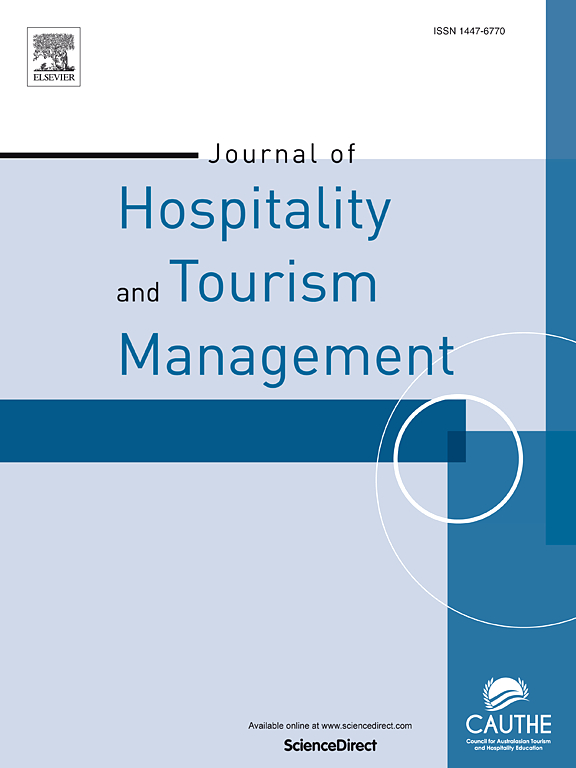Tourism visitation and local extinction crises
IF 7.8
1区 管理学
Q1 HOSPITALITY, LEISURE, SPORT & TOURISM
引用次数: 0
Abstract
Local extinction refers to a regional crisis driven by significant population decline, often characterized by aging demographics, extremely low birth rates, and migration to urban centers. Although prior research has examined these challenges, it has primarily focused on demographic indicators such as age and fertility to diagnose the crisis, frequently assuming that tourism is uniformly effective across all regions at the national level. However, this assumption is logically inconsistent, as the effects of tourism are spatially heterogeneous and locally varying non-resident populations (e.g., visitors) have not been adequately considered. This study introduces a geospatial tourism–local extinction model to explore how tourism-induced de facto populations—individuals who temporarily visit or stay in a region for tourism or recreation—can spatially mitigate local extinction risks in vulnerable areas. The findings identify key types of tourism visitation (e.g., domestic, international, and potential visitation) that contribute to reducing extinction risk, with variations depending on regional context. These insights deepen our understanding of tourism’s uneven impacts under local extinction conditions and offer a basis for developing more targeted and regionally adaptive tourism-based mitigation strategies.
旅游观光与当地物种灭绝危机
“局部灭绝”指的是由人口大幅减少导致的区域性危机,通常以人口老龄化、极低的出生率和向城市中心的迁移为特征。虽然先前的研究已经审查了这些挑战,但它主要集中在年龄和生育率等人口指标上,以诊断危机,经常假设旅游业在全国所有地区都是统一有效的。然而,这一假设在逻辑上是不一致的,因为旅游业的影响在空间上是异质的,而且当地不同的非居民人口(如游客)没有得到充分考虑。本研究引入地理空间旅游-局部灭绝模型,探讨旅游诱发的事实上的人口(临时访问或停留在一个地区旅游或娱乐的个人)如何在空间上减轻脆弱地区的局部灭绝风险。研究结果确定了有助于减少灭绝风险的主要旅游类型(如国内、国际和潜在的旅游),并根据区域背景而有所不同。这些见解加深了我们对旅游业在当地灭绝条件下的不平衡影响的理解,并为制定更具针对性和区域适应性的基于旅游业的缓解战略提供了基础。
本文章由计算机程序翻译,如有差异,请以英文原文为准。
求助全文
约1分钟内获得全文
求助全文
来源期刊
CiteScore
13.30
自引率
8.40%
发文量
177
审稿时长
45 days
期刊介绍:
Journal Name: Journal of Hospitality and Tourism Management
Affiliation: Official journal of CAUTHE (Council for Australasian Tourism and Hospitality Education Inc.)
Scope:
Broad range of topics including:
Tourism and travel management
Leisure and recreation studies
Emerging field of event management
Content:
Contains both theoretical and applied research papers
Encourages submission of results of collaborative research between academia and industry.

 求助内容:
求助内容: 应助结果提醒方式:
应助结果提醒方式:


